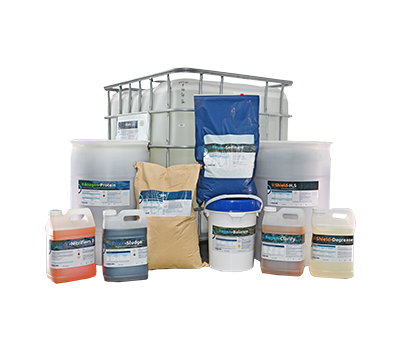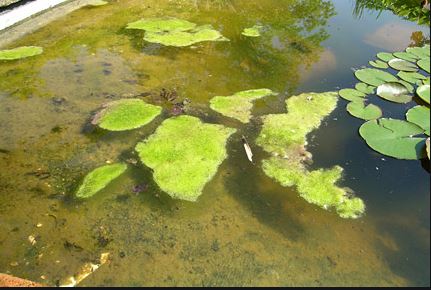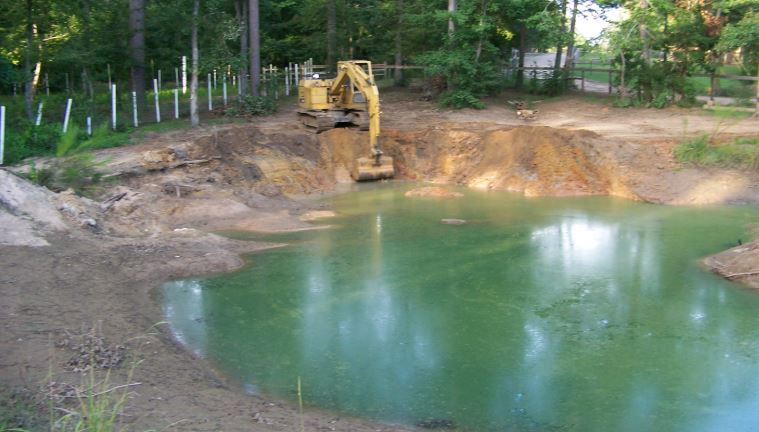Solutions
Sediment Removal Solutions
Sludge Managment
Lakes and ponds are catch basins for many sources of nutrient pollution. Excess nitrogen and phosphorus from animal or fish waste, stormwater runoff, grass clippings or leaves, and fertilisers are a just a few examples of the nutrient pollution that eventually settles at the base of lakes and ponds. Lake and ponds with bases that are overloaded with these nutrients can experience depletion of oxygen, fish kills, excessive weed growth or harmful algae blooms that negatively impact water quality.
Every lake is different, learn what works best for you.
Check your pond
Did you know?
Reducing sludge build-up in an aquatic environment can lead to increased capacity, improvements in dissolved oxygen levels, reduced nitrogen and phosphorus compounds, and improved water quality.
Products and Services
Industry Leading Solutions
for Sludge Managment in Lakes and Ponds
REGEN-Sediment®
REGEN-Sediment®
Advance Sludge Removing Probiotic
REGEN-Sediment® is a next-generation probiotic tablet for the restoration and maintenance of impaired water resources. This advanced probiotic combines scientific research with novel bioengineering, resulting in a product that treats the entire water body by starting at the bottom. REGEN-Sediment® tablets saturate the sediment layer with rare earth stimulants and a broad spectrum of natural bacterial cultures. This establishes a healthy microbiota at the water-to-sediment interface that accelerates the digestion of organic matter.

The Science Behind It
Backed by years of intensive study, REGEN-Sediment® has been proven to reduce organic matter and key nutrients in sludge through a study using a lab setup that more closely mimics real-life water bodies than any previous study. Download the full study from the downloads tab below.
Laboratory Evaluation with Freshwater Replica Tanks
- Complete metagenomic DNA analysis of sediment microbiota using the Illumina NovaSeq6000
- Sediment volume and quantitative analysis of control and test tanks
- Full sediment nutrient and water quality assessment
- Testing tanks designed to mimic real water conditions, such as natural water movement and clay/sand layer


Specifications
Common Uses
- Lakes and ponds
- Aquaculture
- Shorelines
- Golf courses
- Retention ponds
- Decorative Ponds
- And more!
Benefits
- Removes buildup of organic matter.
- Improves water quality and clarity
- Restores balance to water bodies
- Reduces internal nutrient load
Available sizes
- 13.6 Kg Bags
| Ingredients | Bio-vitamins, probiotics, and select bacterial cultures |
| Description | Dry brown tablet |
| Odor | Earthy odor |
| Stability – Activity loss | <1% Loss in 6 months when stored as directed: at 24°C in a sealed container with low humidity. |
| Storage and Handling | Store in a cool, dry space between 10 - 27°C. |
Dosage
Once per month or as needed.
*Do not mix directly with algaecides or herbicides.
**If used in conjunction with algaecide or herbicide, apply after chemical treatment for best results.
| Surface Area (m²) | Targeted Muck Reduction | Muck Maintenance & Prevention | Degradation of Floating Debris |
| 1,000 | 2.3 – 5.7 kg | 1.1 – 2.8 kg | 0.57 – 1.7 kg |
| 2,000 | 4.5 – 11.3 kg | 2.3 – 5.7 kg | 1.1 – 3.4 kg |
| 4,000 | 9 – 23 kg | 4.5 – 11.3 kg | 2.3 – 6.8 kg |
| 20,000 | 45 – 113 kg | 9 – 57 kg | 9 – 34 kg |
| 40,000 | 91 – 227 kg | 45 – 113 kg | 23 – 68 kg |
| 400,000 | 907 – 2270 kg | 454 – 1130 kg | 227 – 680 kg |
Include in Treatment Programs for
- Filamentous Algae
- Planktonic Algae
- Cyanobacteria
- Muck & Sludge
- Water Clarity
- Nutrient Reduction
- Aquatic Plants
- Submerged Plants
- Unique Issues
Downloads
Mechanical Sludge Removal
Mechanical Sludge Removal
The cost of dredging a pond or a lake is dependent on many variables. For example, costs for this sludge reduction method can come anywhere between $20,000 to $500,000 per acre!
When determining the cost of traditional dredging, there are four main questions to answer:
• How much sediment is there to dredge?
• What is the size of the water body?
• What is the content and condition of the material that needs to be dredged?
• Where can you put the dredged material once it’s removed?
To determine the quantity of sludge, a survey must be performed to provide water and sludge depth information.
Contact us today to discuss your situation.






